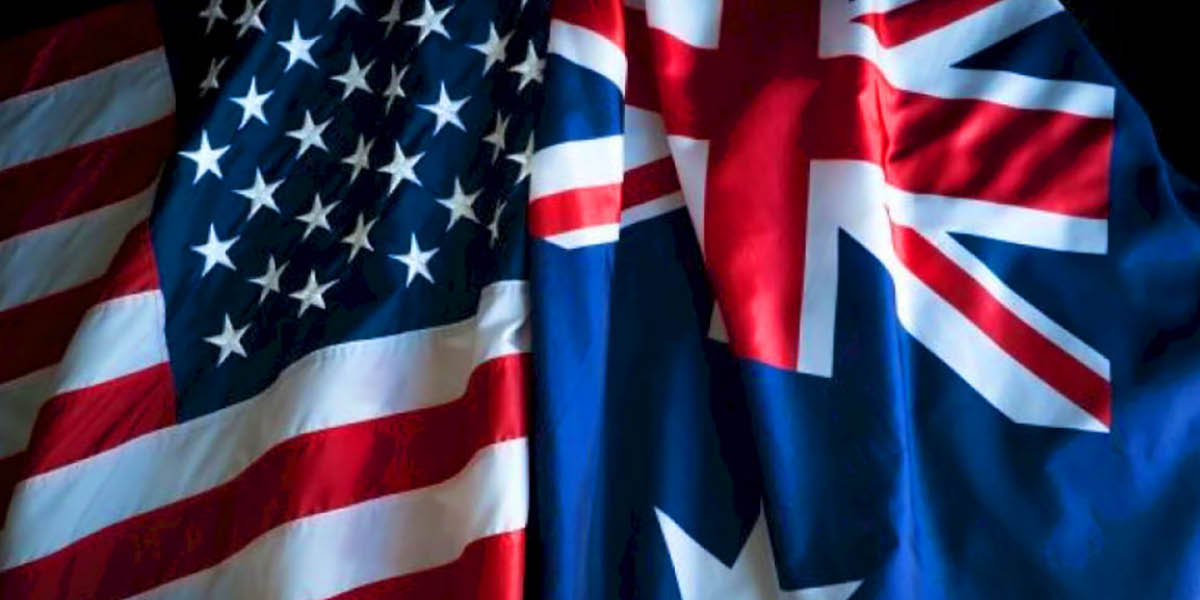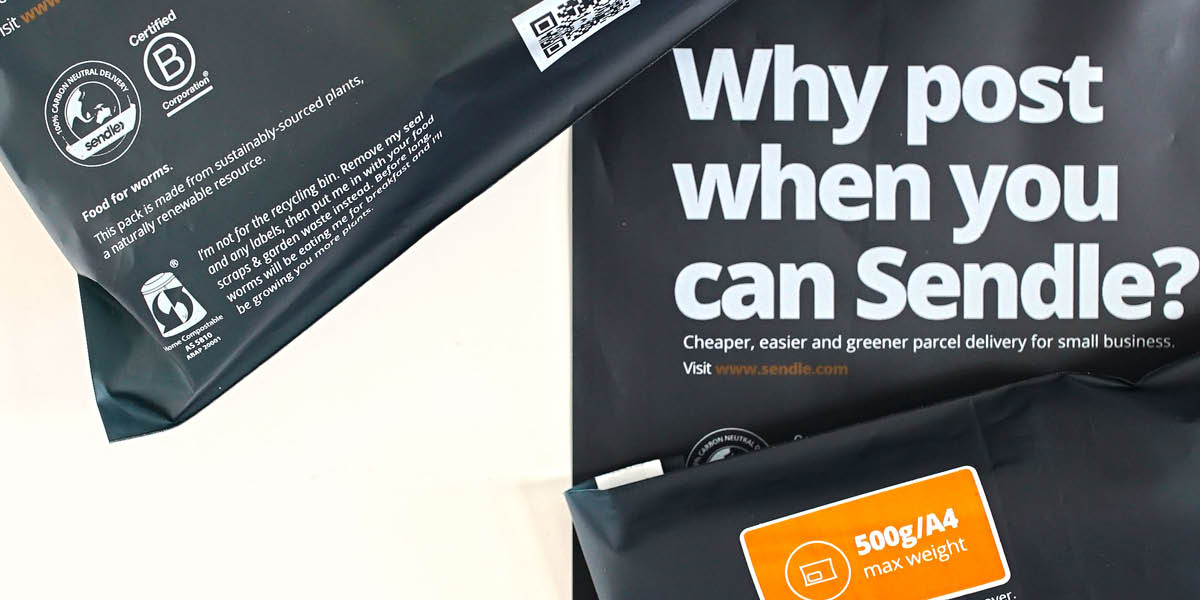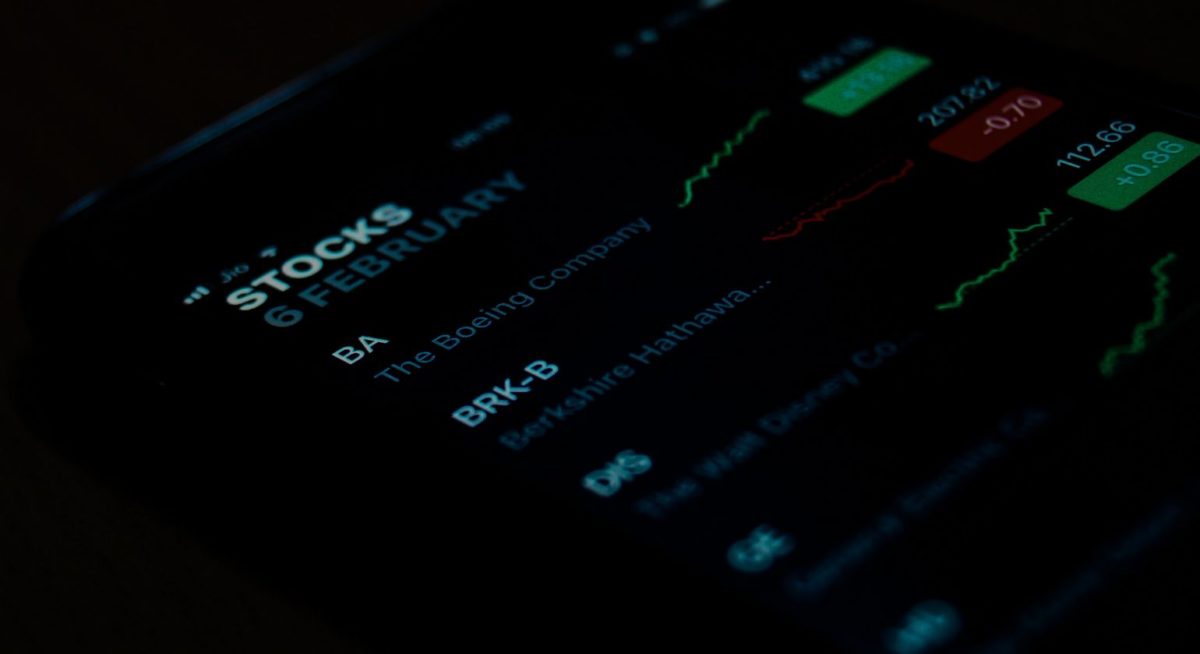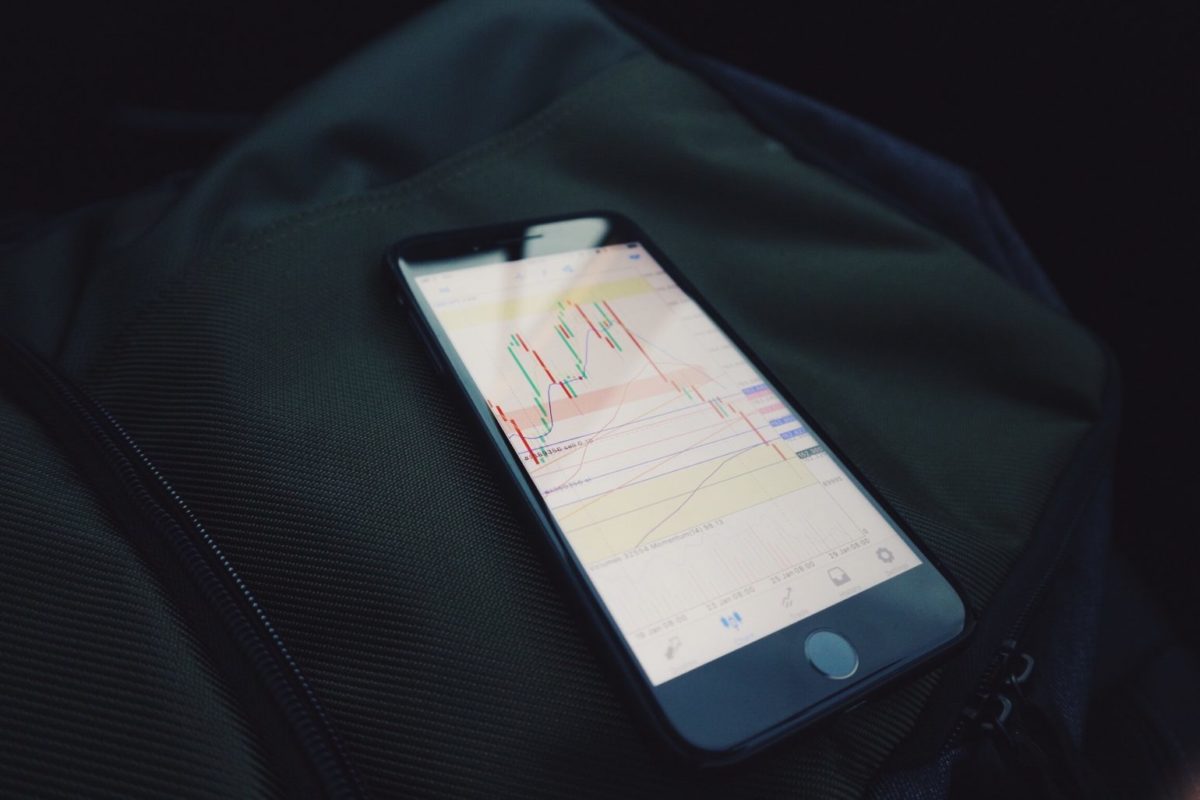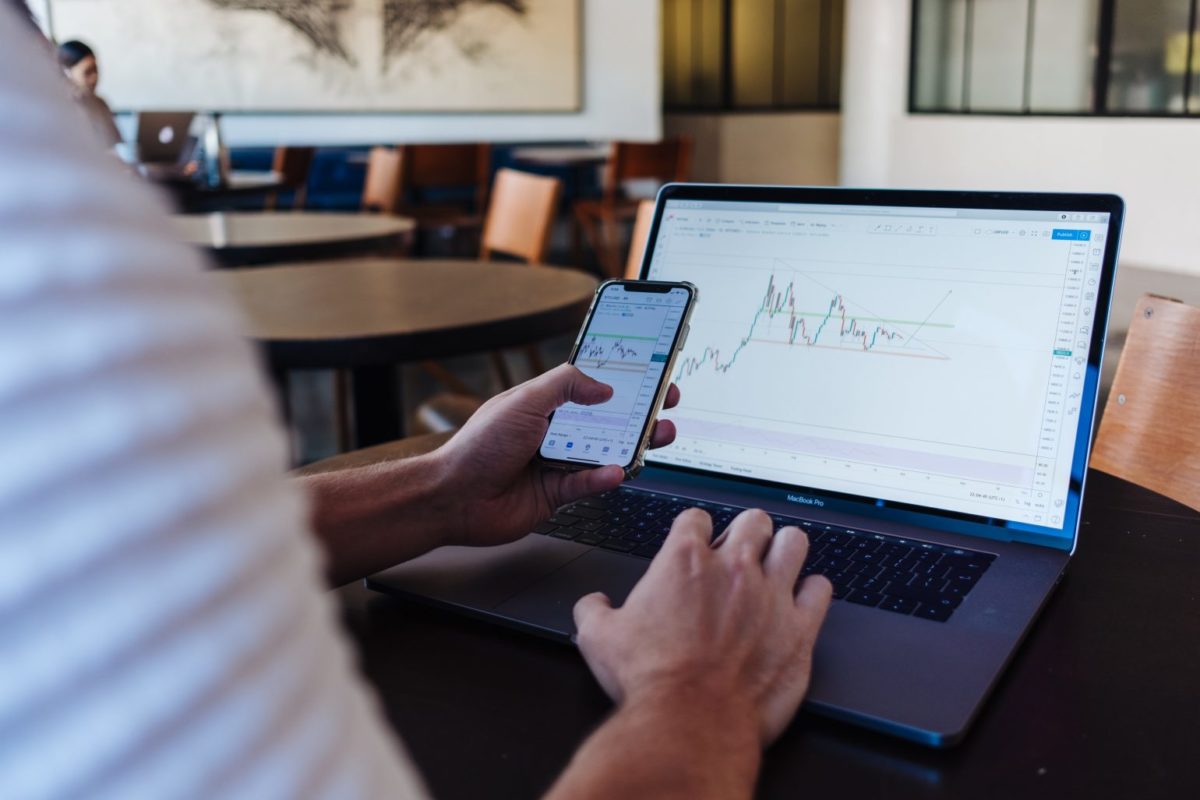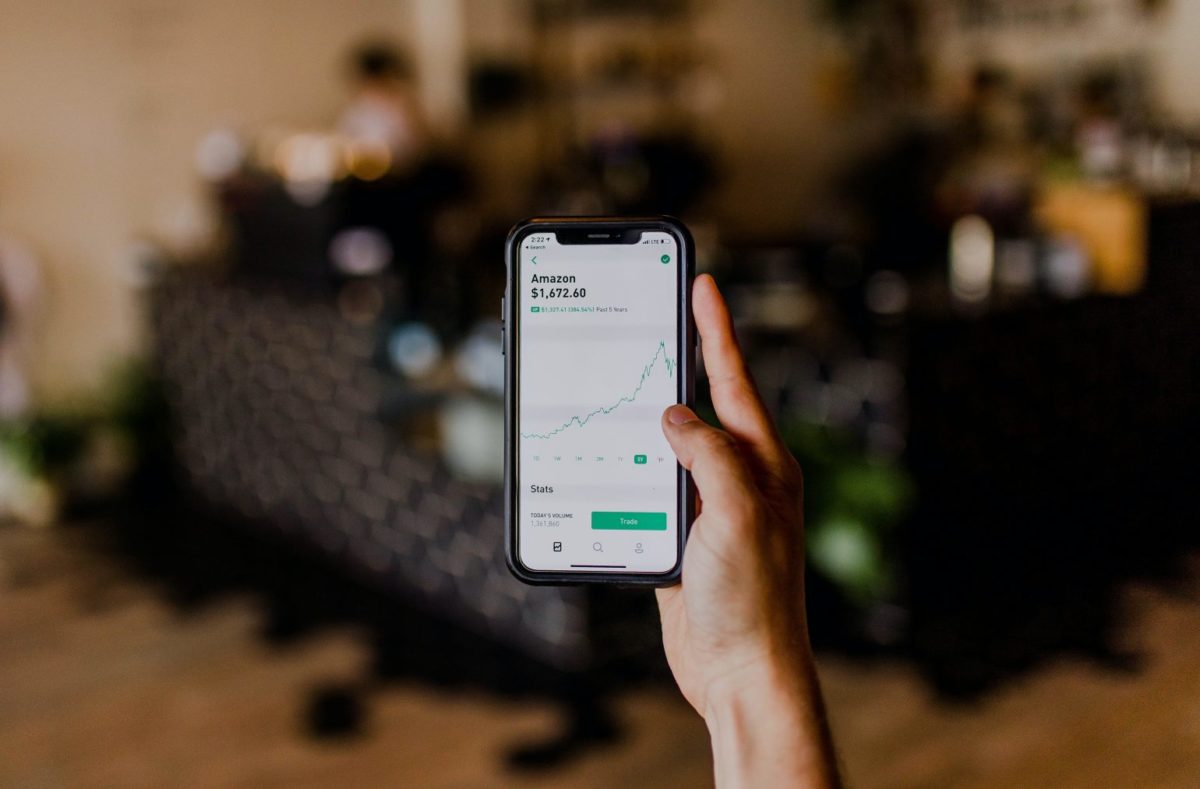-
Sort By
-
Newest
-
Newest
-
Oldest
The ASX 200 (ASX:XJO) closed above 6,000 points for the third straight day, despite falling 0.7% for the session. Technology was the only positive sector with the major miners the biggest detractors, BHP Group Ltd (ASX:BHP) and Rio Tinto Ltd (ASX:RIO) down 1.7% and 1.0% respectively, amid signs of a rebound in Brazilian exports reported by Vale S.A (BVMF:VALE3).
Too hot, too cold or, just right? It is suggested that this fairy tale has two moral issues, firstly, the sense of entitlement as Goldilocks freely samples the bears’ home and contents and secondly, question of what is ‘just right’.
What a month, with markets rallying again, capping off the strongest quarter for the ASX in more than 20 years. The technology-focused Nasdaq reached all-time highs and the S&P 500 had its best quarter since 1938. The month continued the ‘changing of the guard’ trend, with the old-fashioned, capital intensive sectors, such as property, energy…
The days of thinking wholly in terms of traditional asset classes when it comes to portfolio construction may have been numbered for some time; in Australia, the Future Fund’s statement of investment policies, when it started its investing life in July 2007, was perhaps the first sign that there could be a new way of thinking, with the usual categories of equities and debt securities subordinated to a distinction between “tangible” assets (defined as property, infrastructure and utilities, in listed or unlisted form); “alternative” assets, considered to include a range of risk premiums (for example, commodities and futures and insurance-based strategies); and skill-based absolute-return investments, or “intangible” assets.
Australia’s Future Fund has named Sue Brake to take on the role of acting Chief Investment Officer at the $205 billion sovereign wealth fund. The fund promoted its former CIO, Raphael Arndt, to the role of Chief Executive Officer. Arndt has served as the Future Fund’s CIO since 2014, delivering exceptional returns, having joined in 2008.
It has been one volatile year to say the least. Both the Australian and US markets traded in volatile conditions with many asset classes and more importantly sectors delivering poor returns. From rising geopolitical trade tensions between the USA and China to an unprecedented pandemic that spread over multiple countries and brought the global economy to its knees, investors were dealt an unpredictable hand.
When brand-new boutique investment house Federation Asset Management was introduced to “virtual” parcel delivery service Sendle, in 2018, it was a meeting of minds.
The quarter saw an onslaught of record-breaking economic data, as Australia officially entered its first recession in nearly 30 years. The economy contracted a comparatively strong 0.3% in the March quarter and is expected to fall as much as 8-10% in June as the worst of the economic shutdowns hit. It’s clear that Australia’s world leading fiscal stimulus is very much needed to support a recovery.
It was another strong finish for the ASX 200 on Friday, adding 0.4% and finishing the week up 2.6% on the back of rally in both the healthcare and communications sectors. CSL Ltd (ASX:CSL), up 2.7%, and Telstra Corporation Ltd (ASX:TLS), 4.0%, were the standouts. The market continues to improve despite the worsening COVID-19 case numbers in Victoria and the US which seem likely to result in a second round of shutdown measures.
The ASX 200 (ASX:XJO) followed a strong global lead pushing 1.7% higher, with all sectors benefiting. The most stunning performance has come from Afterpay Ltd (ASX:APT) which after hitting another all-time high has become the 19th most valuable company at $18 billion; this despite losing $32 million last year.
Most global markets started the financial year on a positive note, with the ASX 200 (ASX:XJO) adding 0.6% despite reports that just 30% of jobs lost during the COVID-19 crisis have been replaced.
Sharemarkets around the world continued to rally overnight, with the S&P 500 up 1.5% marking the strongest quarter since 1998. The Eurostoxx 50 was comparatively weaker adding just 0.06% whilst the Nasdaq rallied another 1.9% as investors ignored the existential threat to Facebook Inc (NASDAQ:FB).






